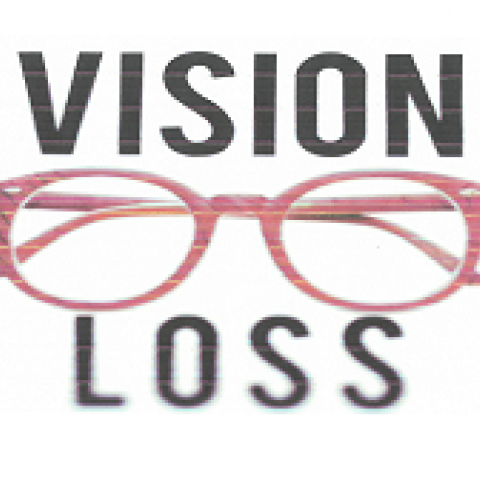Abstract
Abstract:
Visual functioning can be approached from two points of view: the medical and research view – How the EYES function and the patient’s view – How the PERSON functions. This presentation will draw attention to points that are often overlooked.
The two points of view result from different objectives and result in different, emphasis in testing, different performance criteria, and different interventions. Vision rehabilitation must bridge the gap between these perspectives.
Visual processing goes through several stages: the optical stage, the retinal stage, and various stages of neural processing. Too often discussion stops at the level of the retinal image, whereas perception and visually guided behaviors are actually based on the Mental Model that is generated in the brain. The different contributions of each of the neural stages will be discussed.
Parts of this process lead to conscious awareness (ventral stream), however, much of the visual information (like information from most bodily functions) is processed subconsciously (dorsal stream). These two streams are so tightly integrated that we effortlessly switch between the two.
These distinctions have consequences for vision assessment. Usually, most attention is paid to the conscious part of visual awareness (e.g. recognizing the words we are reading), much less attention is paid to the subconscious processing of visual stimuli (e.g. the ability to scan fluently while reading). Measuring conscious responses (e.g. letter chart acuity) is much easier than measuring the complex effects (e.g. reading speed) of the many sub-conscious aspects of visual functioning.

